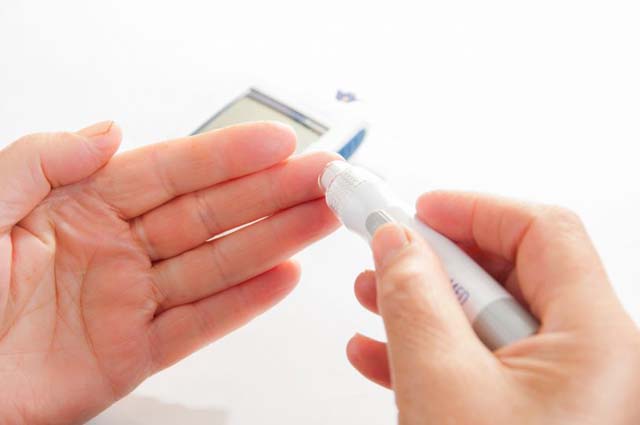Statement of importance Low back pain is among the leading causes of disability and is often related to intervertebral disc degeneration. Type 2 diabetes is an independent risk factor for low back pain, disc degeneration, and disc tissue damage, but the underlying mechanisms remain poorly understood. Here, we show that compressive loading of the entire intervertebral disc is adapted by nanoscale deformation mechanisms of collagen fibrils, which are compromised by collagen embrittlement in type 2 diabetes. These findings provide novel insights into potential mechanisms that underlie diabetes-related disc tissue damage and may inform the development of preventative and therapeutic strategies for this debilitating condition. |

Figure: The hierarchical structure of the intervertebral disc (approximately 45 to 55 mm in diameter in the human lumbar spine and 2.5 to 5 mm in the rat coccygeal spine) is composed of the fiber-reinforced external annulus fibrosus and the nucleus pulposus internal gelatinous. The type 1 collagen fibers that reinforce the annulus fibrosus have a typical diameter of approximately μ and are formed by many collagen fibrils with diameters on the order of 100 nm. The fibrils contain collagen alpha helices, each of which is about 1.6 nm in diameter.
Comments
Type 2 diabetes alters the behavior of the discs in the spine, making them stiffer and also causes the discs to change shape earlier than normal. As a result, the disc’s ability to withstand pressure is compromised. This is one of the findings of a new study in rodents conducted by a team of engineers and doctors from the University of California San Diego, UC Davis, UCSF and the University of Utah.
Low back pain is a major cause of disability, often associated with intervertebral disc degeneration. People with type 2 diabetes face an increased risk of low back pain and disc-related problems. However, the precise mechanisms of disc degeneration remain unclear.
Investigating the biomechanical properties of the intervertebral disc is crucial to understanding the disease and developing effective strategies to control low back pain. The research team was co-led by Claire Acevedo, a faculty member in the Department of Mechanical and Aerospace Engineering at the University of California, San Diego, and Aaron Fields, a professor in the Department of Orthopedic Surgery at UC San Francisco.
"These findings provide novel insights into potential mechanisms underlying diabetes-related disc tissue damage and may inform the development of preventive and therapeutic strategies for this debilitating condition," the researchers write.
The study emphasizes that the nanoscale deformation mechanisms of collagen fibrils adapt to the compressive loading of the intervertebral disc. In the context of type 2 diabetes, these mechanisms are compromised, leading to collagen embrittlement . These findings provide novel insights into potential mechanisms underlying diabetes-related disc tissue damage and may inform the development of preventative and therapeutic strategies for this debilitating condition.
The researchers employed synchrotron small-angle X-ray scattering (SAXS), an experimental technique that analyzes the deformation and orientation of collagen fibrils at the nanoscale. They wanted to explore how alterations in collagen behavior contribute to changes in the disc’s ability to resist compression.
They compared discs from healthy rats with those from rats with type 2 diabetes (UC Davis rat model). Healthy rats demonstrated that collagen fibrils rotate and stretch when discs are compressed, allowing the disc to dissipate energy effectively.
"In diabetic rats, the way vertebral discs dissipate energy under compression is significantly affected: diabetes reduces rotation and stretching of collagen fibrils, indicating a compromised ability to handle pressure," they write. the researchers.
A more detailed analysis showed that the discs from diabetic rats showed a hardening of the collagen fibrils, with a higher concentration of non-enzymatic cross-links. This increase in collagen cross-linking, induced by hyperglycemia, limited plastic deformations due to fibrillar sliding. These findings highlight that fibril reorientation, straightening, stretching, and sliding are crucial mechanisms that facilitate compression of the entire disc. Type 2 diabetes disrupts these efficient deformation mechanisms, leading to altered biomechanics of the entire disc and more brittle (low-energy) behavior.
The team published their findings in PNAS Nexus . This research was supported by the UCSF Research Allocation Committee (AJF), the UCSF Core Center for Musculoskeletal Biology and Medicine (AJF), the University of California Office of the President (PJH), the Institutes National Health Organizations (R01 DK095980, R01 HL107256, R01 HL121324, P30 AR066262, R01 AR070198), the University of Utah (JLR), and the Advanced Light Source (ALS07392; TNA, CA).
















